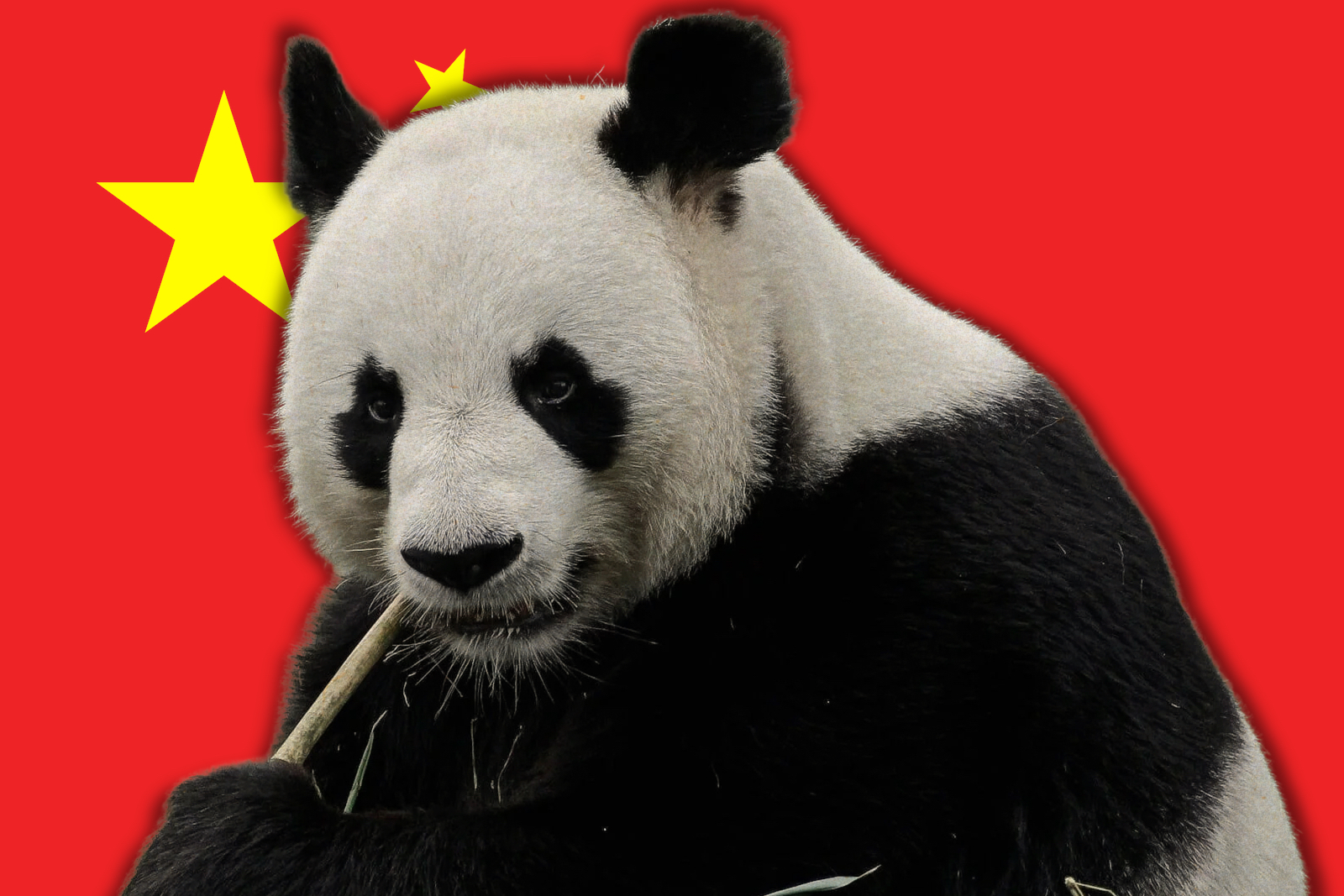
China’s Panda Diplomacy isn’t Just about Cute and Fuzzy Bears
China has been deploying panda diplomacy to increase its influence in Indonesia. While this isn’t a new strategy, China has been using panda diplomacy since the 7th century, this diplomatic strategy has become more prominent in recent years.
China has a long tradition of offering pandas as gifts to foreign countries. Scholars assert that giving pandas as gifts may have started in the seventh century, when Empress Wu Zetian sent two bears, believed to be pandas, to Japan. Starting in 1957, the PRC gifted pandas to certain countries as a symbol of diplomatic friendship and to signal a closeness in political ties.
Indonesia is the 16th country to be on the receiving end of panda diplomacy. China’s first attempt to implement panda diplomacy took place in 2010. However, it was only in 2017 that the two Chinese pandas, Hu Chun and Cai Tao, arrived.
A year before, Indonesia and China had signed a memorandum of understanding. In the agreement, China and Indonesia would further collaborate and undertake exchanges in the field of wildlife conservation, especially endangered species.
While Sun Weide, who served as Charge D’affaires of the Chinese Embassy in Indonesia, denied that the arrival of these two pandas indicated that China was seeking to bring Indonesia into its Belt and Road Initiatives (BRI), it is evident that China’s panda diplomacy is part of its efforts to win the hearts and minds of the Indonesian people in an attempt to expand its economic foothold in the country.
Analysts agree that China’s panda diplomacy is part of its endeavour to strengthen investments and trade in recipient countries. This can be seen with countries that are not economically important to China or that have sided with the United States over China.
In Canada, France, and Australia, pandas are only sent after an economic cooperation agreement has been reached. China even took back two of its pandas from a zoo in California owing to the trade war with the United States. These examples show that China only sends its pandas as a gift to partner countries that are important to it.
China has the second-largest economy in the world. To further strengthen its economy, China is pursuing various economic avenues in developing countries. Indonesia is one of those countries of interest to China, especially with the implementation of the BRI. Xi Jinping noted in 2014 at the APEC Summit that Indonesia is an integral part of the BRI route. The culmination of Indonesia’s strategic position in the BRI materialised in 2019 when Jakarta and Beijing signed 23 agreements relating to BRI projects.
Nonetheless, as China’s interests concerning Indonesia have grown, Beijing also recognises that Indonesia is a country rooted in anti-Chinese sentiment.
Ethnic Chinese are only 1.2% of the country’s population. However, their success in business and their historical links to communism have made them a target of backlash. Most ethnic-Chinese Indonesians are either Christian, Buddhist, or Confucians; with less than 5% of them Muslim, the country’s dominant religion.
In the mid-1960s, hundreds of thousands of suspected communists were killed after the military had alleged that they had instigated an attempted coup. Ethnic Chinese were also the principal victims of the 1998 riots, where almost 100 women were raped and 1,000 people murdered; they were scapegoated for the country’s economic downturn during the Asian Financial Crisis because of their involvement in the economy.
To this day, these sentiments remain widespread within Indonesian society and have heightened along with growing Chinese investments.
Therefore, for China, panda diplomacy is believed to contribute to its cultural and educational attempts to portray itself as Indonesia’s much richer best friend. As in many countries, the panda has been utilised as a symbol of friendship with the aim of developing a more positive image of China which would, in turn, help to advance its interests.

